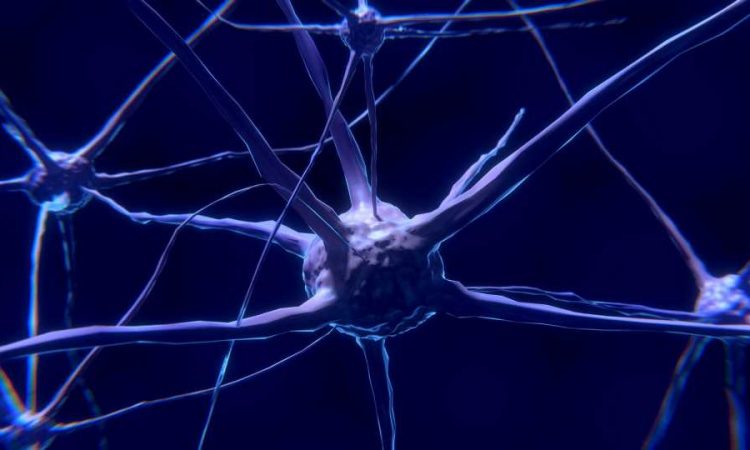
Whether improperly closing a door or shanking a kick in soccer, our brains tell us when we’ve made a mistake because these sounds differ from what we expect to hear. While it’s long been established that our neurons spot these errors, it has been unclear whether there are brain cells that have only one job—to signal when a sound is unexpected or “off.”
A team of New York University neuroscientists has now identified a class of neurons—what it calls “prediction-error neurons”—that are not responsive to sounds in general, but only respond when sounds violate expectations, thereby sending a message that a mistake has been made.
“Brains are remarkable at detecting what’s happening in the world, but they are even better at telling you whether what happened was expected or not,” explains David Schneider, an assistant professor in NYU’s Center for Neural Science and the senior author of the study, which appears in The Journal of Neuroscience (JNeurosci ). “We found that there are specific neurons in the brain that don’t tell you what happened, but instead tell you what went wrong.”
The paper’s authors add that the results could potentially help better illuminate the learning process, identify the causes behind certain afflictions, and spot sound-related aptitudes.
“Neurons like these might be vital in learning how to speak or how to play a musical instrument,” observes Nicholas Audette, a postdoctoral fellow in NYU’s Center for Neural Science and the paper’s lead author.
“Both of those behaviors involve lots of trial and error, lots of mistakes, and lots of learning from mistakes,” Schneider added, “Do expert musicians have better prediction error neurons than novices? And in diseases in which speech is underdeveloped, are prediction error neurons malfunctioning?”
Behaviors often have predictable sensory consequences. For example, when shutting a car door, we expect to hear an anticipated “thump” at a particular phase of our arm movement. And these behaviors are not limited to humans—monkeys, mice, and other animals can learn to predict what sound a movement will produce and when that sound will occur.
Previous research has shown that in the brains of humans and other animals, neurons have significant responses when a sound violates the animal’s expectation and weaker responses when a sound matches expectation. But it had been unclear whether there were neurons that only had one job—to signal when a sound was unexpected.
To address this question, Schneider and Audette built upon their previous work, which uncovered how the brain makes distinctions between “right” and “wrong” sounds. In the new JNeurosci study, they studied responses in mice through a series of experiments and by isolating neuronal activity.
In the experiments, the mice heard a particular sound after pressing on a lever. This was done repeatedly, until they associated this sound when pressing. The researchers then altered the sounds the mice heard in making subsequent presses—a method designed to mimic unexpected sounds humans hear when making errors.
The scientists found that many of the mice’s neurons (“prediction-error neurons”) were silent—meaning that they did not produce signals that could be used by other parts of the brain—except for when the mice made a movement and heard something unexpected.
More specifically, they found that individual prediction-error neurons in the mice’s auditory cortex not only signaled when something went wrong, but they also signaled what went wrong.
For example, every time the sound was too quiet, one group of prediction-error neurons was activated. However, when the sound was the expected volume but came too late, a completely different group of prediction-error neurons was active.
“When a movement makes an unexpected sound, it can violate our expectations in a lot of different ways,” explains Schneider. “Different neurons are active when a movement makes too quiet a sound, and other neurons when the movement makes the wrong sound.”
More information:
Nicholas J. Audette et al, Stimulus-specific prediction error neurons in mouse auditory cortex, The Journal of Neuroscience (2023). DOI: 10.1523/JNEUROSCI.0512-23.2023
Journal information:
Journal of Neuroscience
Source: Read Full Article
